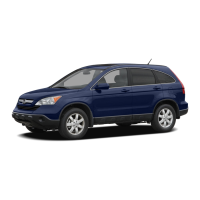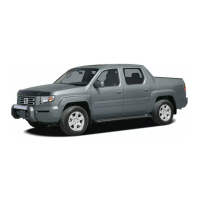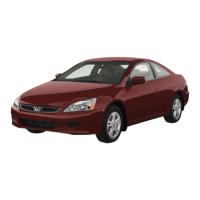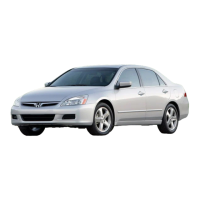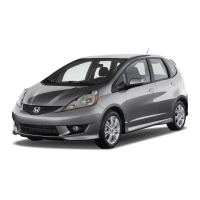
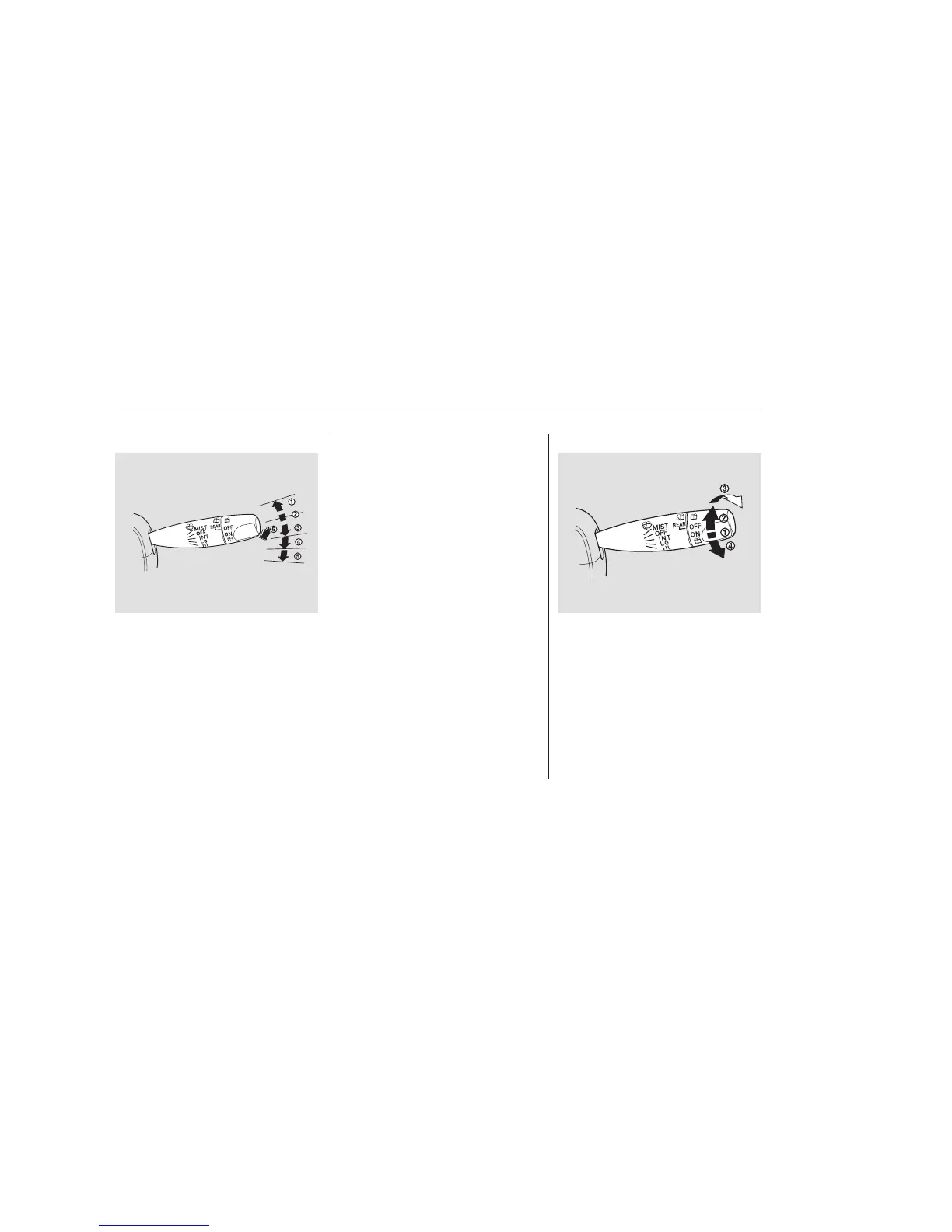 Loading...
Loading...
Do you have a question about the Honda 2007 Fit and is the answer not in the manual?
| Brand | Honda |
|---|---|
| Model | 2007 Fit |
| Category | Automobile |
| Language | English |
Highlights crucial safety recommendations for occupants.
Details the passive safety systems designed for occupant protection.
Explains the airbag system components, operation, and precautions.
Guidelines for safely restraining children of all ages in vehicles.
Specific recommendations for safely securing infants and young children.
Guidance on seat belt fit, booster seats, and seating positions for older children.
Information about the dangers of carbon monoxide and prevention.
Explains the purpose and location of safety warning labels.
Explains the function of various dashboard warning and indicator lights.
How to operate the climate control system for comfort.
How to arm and disarm the vehicle's anti-theft system.
How to use the cruise control system for maintaining speed.
Information on vehicle weight capacities and load distribution.
Step-by-step instructions for starting the vehicle's engine.
How to operate and shift gears in the manual transmission.
How to operate and shift gears in the automatic transmission.
Procedures and tips for safely parking the vehicle.
Explanation of the vehicle's braking system components and operation.
How the ABS system works and its benefits during braking.
Important safety precautions related to ABS operation.
Crucial safety precautions to follow during vehicle maintenance.
How to understand and use the vehicle's maintenance reminder system.
Procedures for checking, adding, and replacing engine oil and filter.
How to inspect and maintain tire condition and pressure.
Guidance on handling common vehicle problems and emergencies.
Step-by-step instructions for changing a flat tire.
Troubleshooting steps when the engine fails to start.
Procedure for jump starting a vehicle with a dead battery.
Steps to take if the vehicle's engine overheats.
Explains the meaning and response to low oil pressure and charging system warnings.
Information on the check engine light and related issues.
What the brake warning light signifies and how to respond.
Guidelines for safely towing the vehicle.
Overview of the vehicle's emissions control systems and their function.
Summary of the different warranties applicable to the vehicle.
